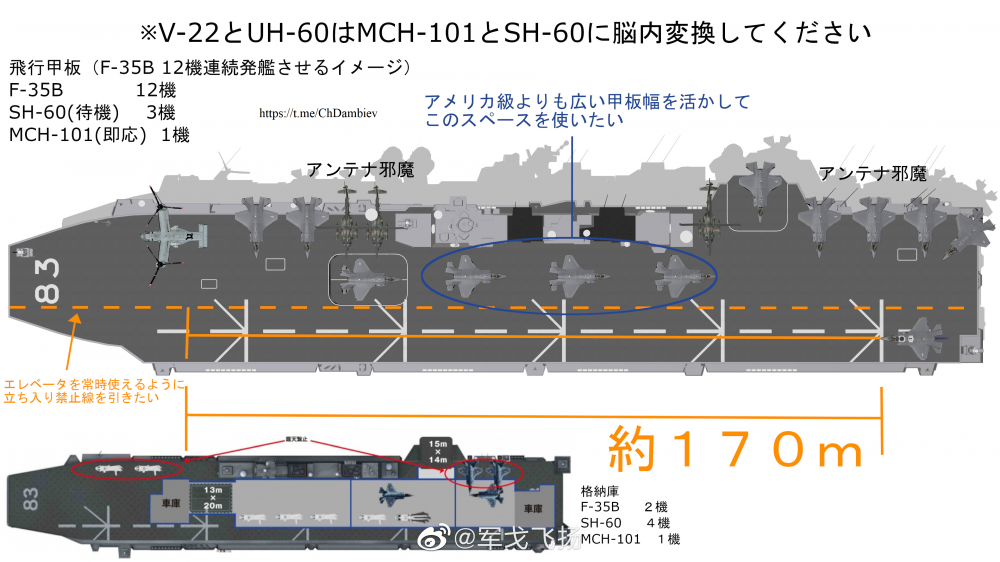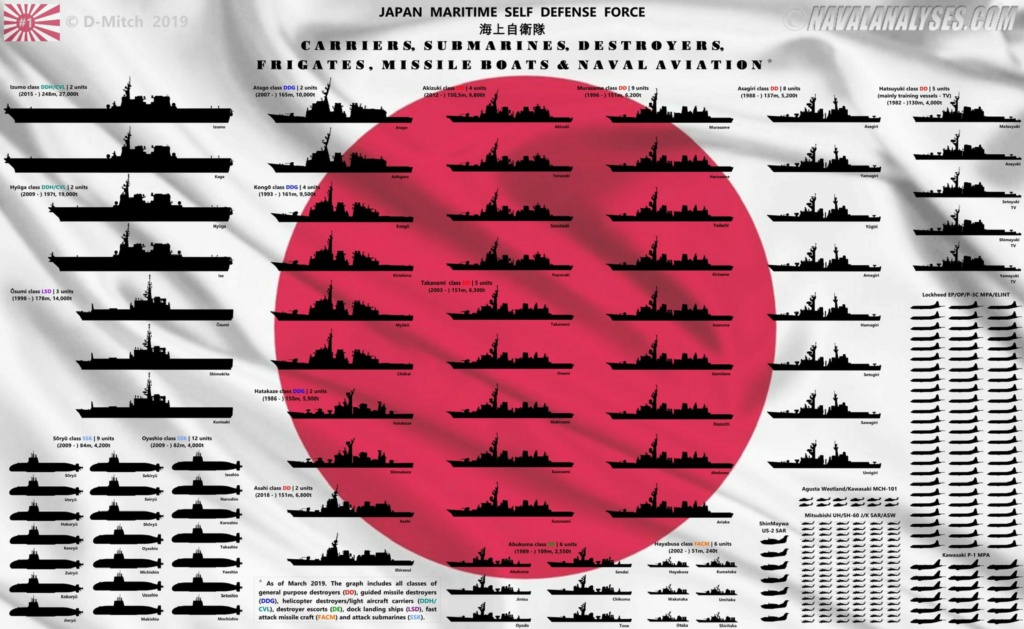 George1 11/03/20, 02:05 am
George1 11/03/20, 02:05 am
The world's first lithium-ion submarine launched
On March 5, 2020, in Kobe, Japan, the Kobe Shipyard & Machinery Works of Mitsubishi Heavy Industries Corporation held a solemn ceremony of commissioning the Japanese Navy self-defense forces of the nuclear submarine SS 511 Oryu built there (11th in the Soryu type series), which became the world's first combat diesel-electric submarine equipped with lithium-ion batteries.
The introduction of lithium-ion batteries will allow Japanese submarines to abandon the use of not only traditional lead-acid batteries, but also non-volatile Stirling engines.
The Ministry of Defense of Japan received funding for the 11th Soryu-type submarine, which became the world's first “linear” submarine equipped with lithium-ion batteries, for the 2015 fiscal year program. The construction of the SS 511 Oryu boat was carried out at the Kobe Shipyard & Machinery Works shipyard of Mitsubishi Heavy Industries Corporation in Kobe since March 2015, the ship was launched there on October 4, 2018.
In total, the Japanese fleet initially planned to build the last three Soryu-type boats (SS 511 - SS 513) in the version with lithium-ion batteries, and then proceed to the construction of a new type of submarine of project 29SS (also known as the “3000-ton type”) with such batteries, however, as a result, the number of Soryu-type boats of this modification was reduced to two (SS 511 and SS 512), and SS 513 will become the lead ship of a new type. The construction of the SS 512 Toryu boat has been underway since 2017 in Kobe at the Kawasaki Heavy Industries Corporation shipyard, the boat was launched on November 6, 2019 and is scheduled for delivery in March 2021.
The SS 513 lead boat of the new 29SS project was laid down at the Kobe Shipyard & Machinery Works shipyard of Mitsubishi Heavy Industries Corporation in Kobe on December 30, 2017 and is scheduled for delivery in March 2022. In the budgets of fiscal 2018 and 2019, the construction of the next two boats SS 514 and SS 515 of this project (with the construction in Kobe, respectively, of Kawasaki and Mitsubishi), planned for delivery in 2023 and 2024, was financed.
The commissioning of the Japanese fleet of the first submarine using lithium-ion batteries was the culmination of many years of research that began in Japan back in 1962. The first boat lithium-ion battery was ready in 1974, but it did not meet the necessary requirements.
It is reported that in Japan two types of lithium-ion rechargeable batteries for boat use have been created and put into operation: lithium-nickel-cobalt-aluminum-oxide (NCA) manufactured by GS Yuasa and lithium-titanate (LTO) manufactured by Toshiba Corporation. The Japanese fleet chose GS Yuasa (Kyoto) NCA type batteries for submarines.
Lithium-ion batteries give boats underwater duration comparable to the duration when using non-volatile power plants (VNEU) at low speeds, but at the same time due to their high capacity they provide a very long duration of underwater movement and at high speeds, which is especially important when launching an attack or when dodging an adversary. At the same time, unlike VNEU, the boat can constantly replenish the energy reserve in lithium-ion batteries, using recharging the batteries using the RPD device.
Lithium-ion batteries also have a shorter recharging time due to the greater charge current in comparison with lead-acid batteries. In addition, lithium-ion batteries have a longer service life, do not require maintenance, and electrical systems with their use are easier to manage and to build electrical networks.
The flip side to this is the high cost of lithium-ion batteries. The contract value of the SS 511 Oryu submarine is 64.4 billion yen (about $ 566 million, according to other sources, the actual construction cost was 66 billion yen) versus 51.7 billion yen ($ 454 million) for the tenth submarine of the Soryu type (SS 510 Shoryu). Almost the entire difference in the cost of $ 112 million will be the cost of lithium-ion batteries and the corresponding electrical system.
When used in submarines, lithium-mono batteries require powerful diesel generators to recharge, enlarged RPD devices to increase air supply
https://bmpd.livejournal.com/3955894.html














